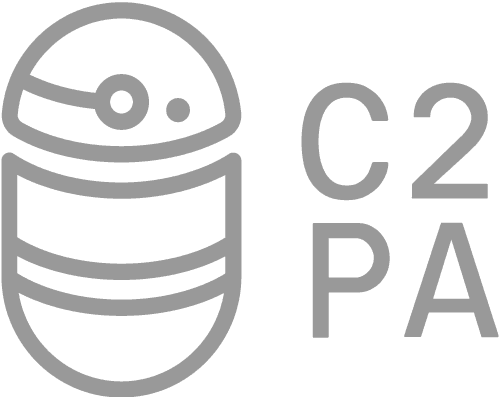White Paper
Communications and Content Provenance Authentication
Summary
Communicators have always had to be concerned about protecting their companies from the impact of fake content, misinformation and disinformation. In a world in which these issues were the exception rather than the rule, media monitoring and social media listening tools were mostly sufficient to identify and address occasional efforts to mislead, manipulate markets and damage reputations.
We are not in Kansas anymore. Generative AI is changing the communications and cybersecurity landscape. The ubiquity of access to sophisticated LLM-based tools that can create, manipulate and post AI-generated content in seconds, and at scale, has reset the risk table. At the same time this new generation of tools provides communicators with ways to create content – whether documents, images, audio or video – more quickly and efficiently, they are also driving a surge in imposter content, deepfakes and sophisticated fraud.
In this paper we detail the role content provenance authentication will play in helping communicators protect brands, reduce misinformation, disinformation and fraud, and how authentication can be used as a means to differentiate and add value to content.
Content Authentication Adoption Worldwide
See what we written lately
Request an invite
Get a front row seat to the newest in identity and access.

















